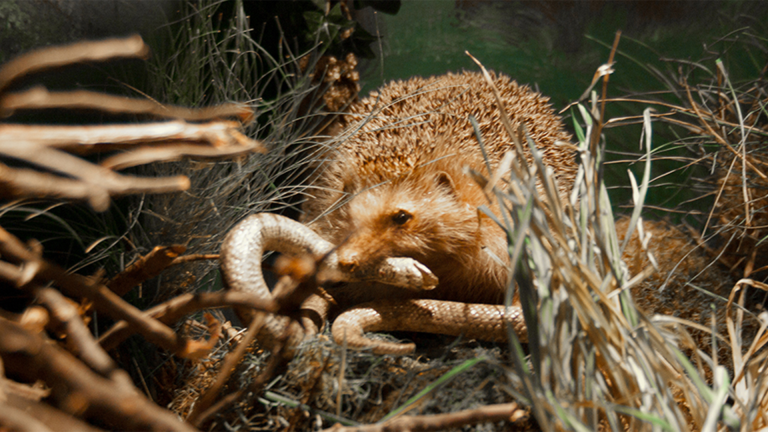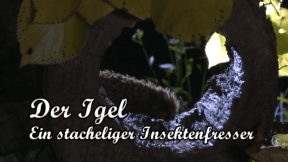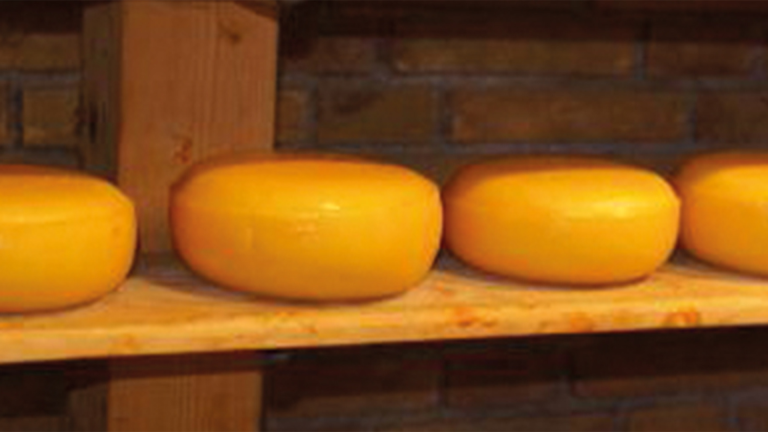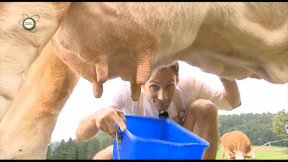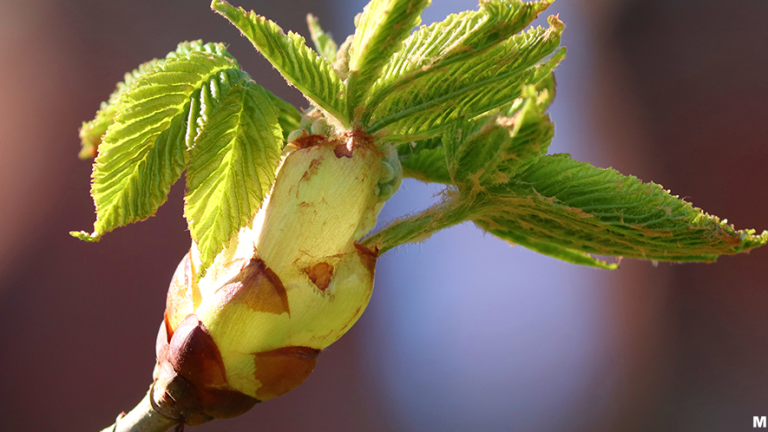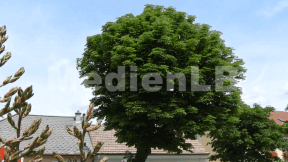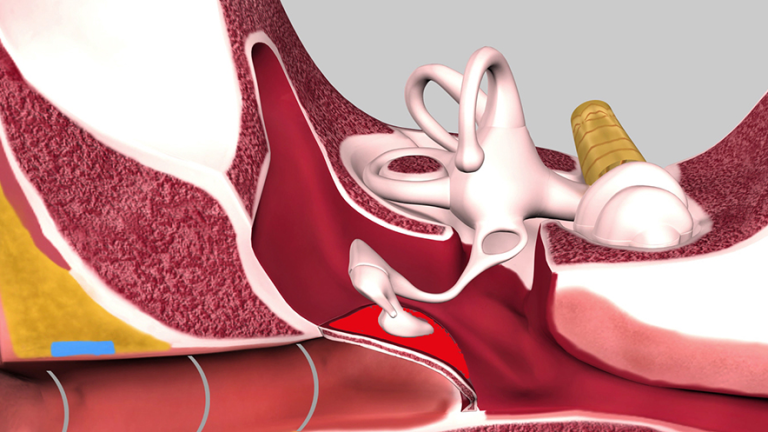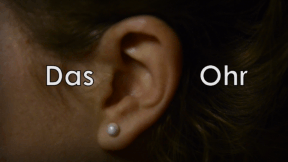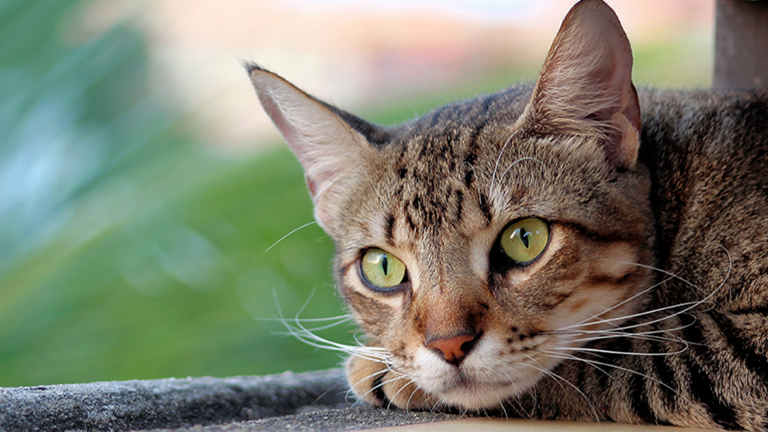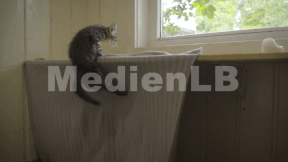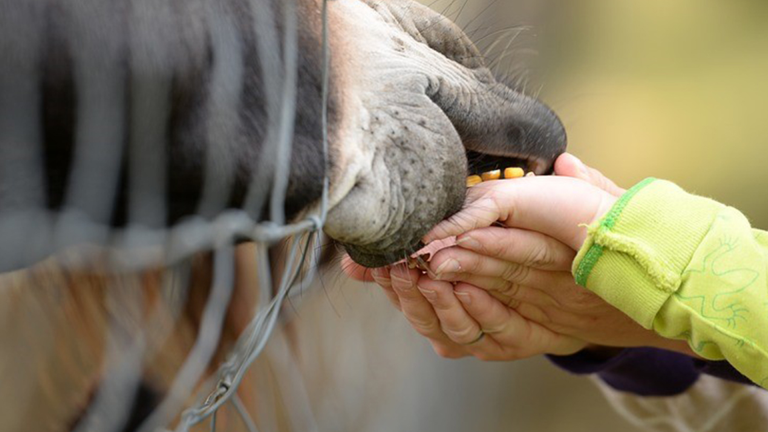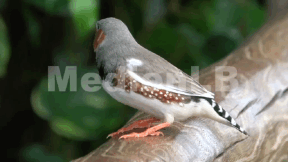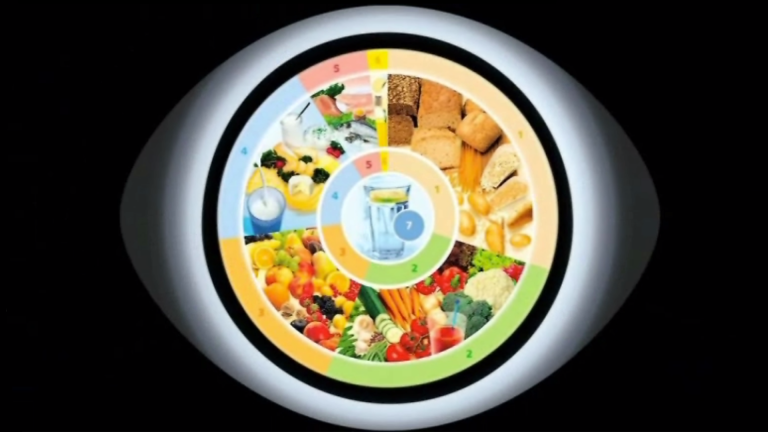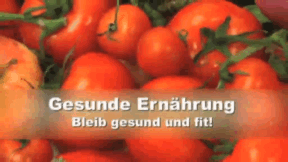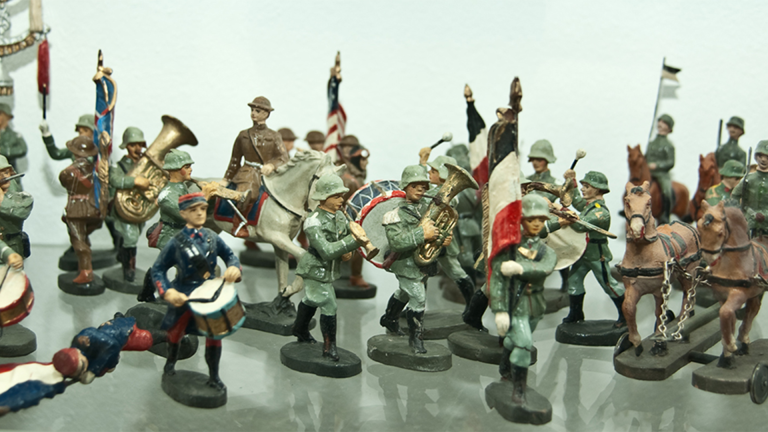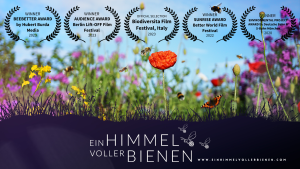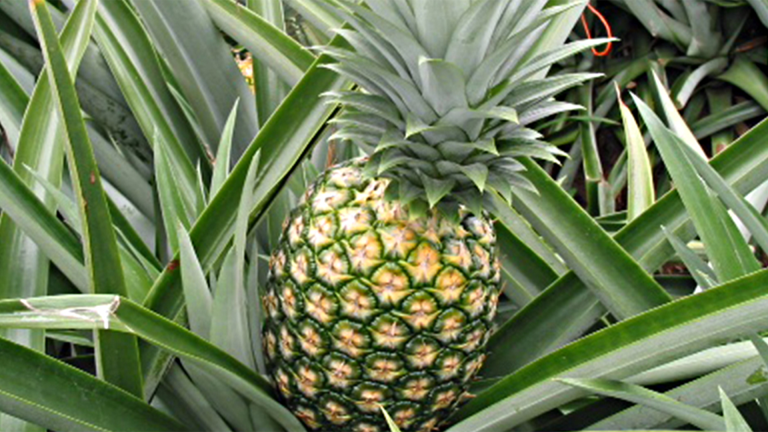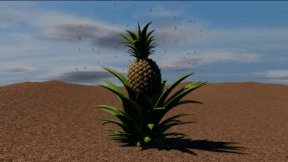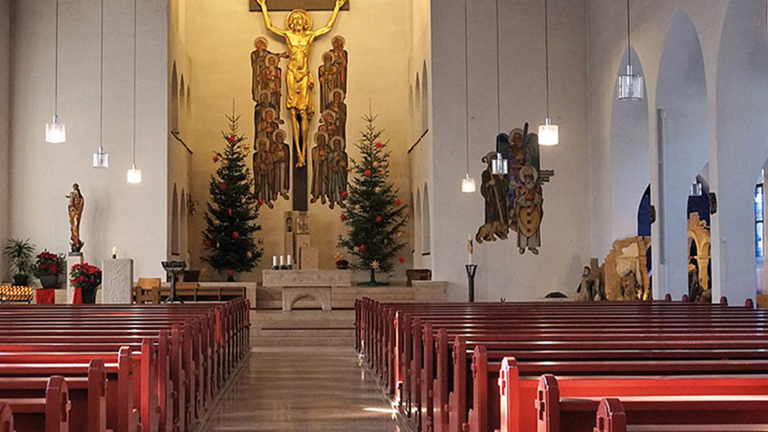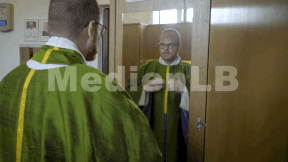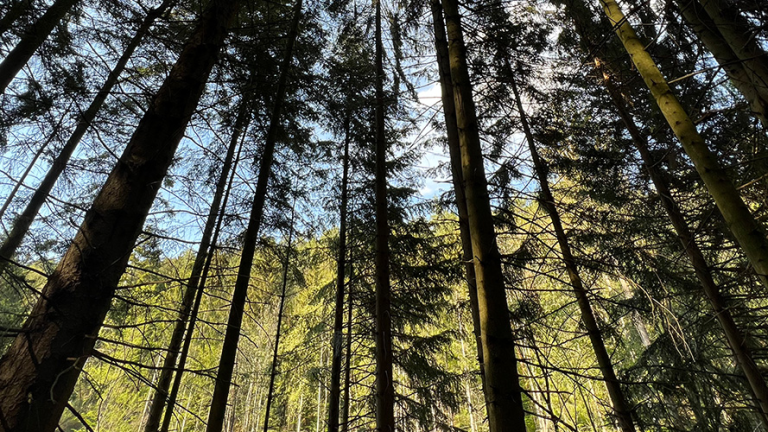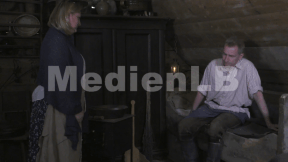Suche:
- # Artistry
- # Biology
- # Chemistry
- # Ecological
- # Economy
- # English
- # Foreign Language
- # Geography
- # German
- # Health
- # History
- # Informatik
- # Latin
- # Mathematics
- # Media Education
- # Music
- # Physics
- # Politics / Civics
- # Preschool
- # Primary School
- # Religion
- # Society
- # Sports
- # Technology
- # Training of Teachers
- # Vocational Education
The Hedgehog
It carries on its back up to 8000 spines although it is no more than 30 centimetres long. In spite of that it can assert itself very well against its enemies. Because this insectivore can roll up into a ball. Although the hedgehog is a wild animal, it likes to live near humans today. With simple explanations and beautiful film shots the pupils learn about the species-specific behaviour, the characteristics of our endemic common hedgehog but also about the threats it is exposed to. At night, the hedgehog is accompanied on its forays for food, by day, it can be seen sleeping deeply in its hideout, and when the mating season is over, six orphaned hoglets are accompanied on their way to maturity. The thematic fields focussed upon are habitat and distribution, characteristics, behaviour throughout the year, food, reproduction as well as protection and endangerment. The film arouses curiosity about and fascination for the hedgehog and furthers the pupils’ environmental awareness. Together with the extensive accompanying teaching material the DVD is perfectly suited for use in the classroom.
Learn moreMilch und Käse
Seit Jahrtausenden wird aus geronnener Milch eines der schmackhaftesten und vielfältigsten Grundnahrungsmittel hergestellt: Käse. Alle Varianten und Sorten aufzuzählen, die es allein in Europa gibt, ist eine nahezu unlösbare Aufgabe. Am berühmtesten sind die gelben Laibe aus der Schweiz und Frankreich. Aber auch Deutschland braucht sich in der Käse-Frage nicht hinter seinen beiden Nachbarn zu verstecken. Für "Schau dich schlau!" begeben sich Joey Grit Winkler und Fero Andersen auf die Reise ins Käse-Universum. Während Joey alle offenen Fragen rund ums Thema klärt, beschäftigt sich Fero mit praktischen Dingen - der Käseherstellung!
Learn moreKastanienbaum
Die Rosskastanie ist ein in Mitteleuropa heimischer Baum, die ursprünglich vom Balkan stammt.
Learn moreFamilie
Mutter, Vater und die Kinder – das ist, was in den Sinn kommt, wenn man das Wort „Familie“ denkt.
Learn moreThe Ear
Large or small, narrow or broad, round or angular. Our ears may be of a variety of shapes.
Learn moreDomestic Cat
Nobody has actually counted all of them but it is estimated that there are about 200 million domestic cats in the world. In Germany alone live abou 14 million. That makes it the most popular pet in this country.
Learn moreZoo Learning
Seeing animals close up on a trip right in the middle of the city – this is possible on a visit to the zoo.
Learn moreHealthy Diet
No matter whether we write, read, sleep or move, we always use up energy. Imagine your body is like a car. It needs petrol to be able to move. You can't play, romp about and learn without eating and drinking either. Your body needs cellular components. These are substances which build up your body. And it must be supplied with them again and again. These components are also called nutrients. They are called protein, fat and carbohydrates.
Learn moreGames
There are many different types of games. Board games, guessing games, waiting games, games of skill, sports games or computer games, too. We play because it is fun, we like activities with others and because we wish to pass our time in a pleasant way. The film gives an overview of the different types of games. It illustrates what you need to play parlour games and how a game is created. The characteristics of sports games are explained and a special emphasis is put on the problems arising when teams are selected and assembled. The film also explains the aspect of “fair play”. Further, the film also outlines the development of computer games, starting with pixelated graphics and simple games and moving on to current graphics, which are almost life-like today, and comprehensive virtual worlds. From the toys used in ancient cultures to today’s games, the film gives a sound overview of the development and the progress made. With its comprehensive didactic worksheets and suggestions for international games, this DVD is perfectly suited for use at schools.
Learn morePineapple
Fruit is a multi-faceted gift of nature. Almost no other food is available to us in such a variety. It tastes good, is healthy and can mostly be eaten raw. However, it should be well washed before or even peeled, depending on the variety. The term “fruit” is understood to mean fruits from trees and shrubs. Fruits contain besides a mostly rather high amount of water a great number of vitamins and minerals. A lot of fruit grows here in Central Europe, in Germany or Austria. Among these so-called “domestic“ fruits are apples, pears, strawberries and blueberries. They mostly ripen in autumn. Citrus fruits such as lemons, oranges and tangerines do not grow around here as they require a lot of sunlight and heat for their growth. They are imported to us by lorry mostly from countries around the Mediterranean such as Spain, Italy and Greece. Exotic fruits like pineapples and bananas need a tropical climate with a lot of heat, sunshine and water. Due to modern means of transport, these widely travelled varieties of fruit are meanwhile available in every supermarket throughout the whole year.
Learn moreWas macht ein Pfarrer?
Was macht ein Pfarrer? Ist es nur ein Beruf oder ist es Berufung? Zu Wort kommen im Film der katholische Pfarrer Alois Emsländer und der evangelische Pfarrer Ralf Honig.
Learn moreHänsel und Gretel
Das Märchen „Hänsel und Gretel“ ist eines der bekanntesten Märchen der „Kinder- und Hausmärchen“ der Brüder Grimm.
Learn more



